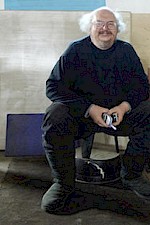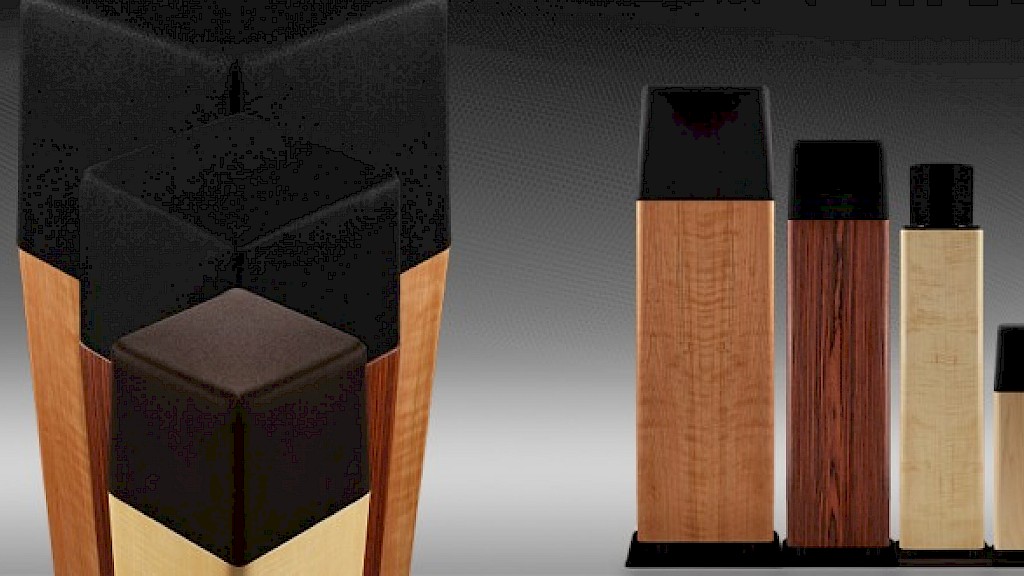How Classy is Your Amp?
Analog amplifiers are frequently referred to by “Class,” mostly Class A, B or AB. The terminology is not about education, or social standing, but the way in which the amp’s output device uses energy and the efficiency of the unit.
Since all three “Class” designs are used and respected today, they each are considered “legitimate” and have their advantages and their detriments. Class A amplifiers have their output devices using energy all the time and this gives a very smooth transition from the positive part of the wave to the negative part. However, the very thing that makes them attractive also poses difficulties. The design is inherently inefficient. It uses a lot of energy AND it produces a lot of heat. The heat is not only expensive to dissipate, but, since transistors are more reliable at lower temperatures, can affect the durability of the amplifier itself. Class A tube amplifiers draw more current which also shortens their life.
The heat needs to be dissipated, so heat sinks, fans or other means are used to reduce the heat build-up – and increase the cost. Thus, while the design is attractive in the pure audio sense, its real-world problems are large enough to make engineers and consumers carefully consider the choice.
So, what about Class B? Class B amplifiers shut off the positive device when the negative device is being used and vice versa. This increases efficiency and reduces the energy use and heat build-up, but causes problems at the switchover point at zero. It just isn’t as smooth as a Class A device.
Enter Class AB. Again the great word, “compromise.” The hybrid Class AB amplifier operates as Class A near the zero crossing point but as Class B at higher levels. The Class AB gives up some small efficiency for a big improvement at the critical crossover transitions. This has become the most popular design.
Another way to increase efficiency is to change the power supply to match the output needs. With music, the amplifier is usually playing at a very low output, providing more than adequate headroom and low or no distortion, as described in our post about how powerful an amp you might need and amp headroom. At most times, the amplifier really only needs a small power supply and any bigger supply just wastes energy. When peaks come along, the amplifier needs a big power supply or it distorts badly (clipping). This technique changing the power supply for the music went under several names including “Class H.” It was also nick-named “Snapper,” as the power supply snapped from one level to another. “Tracker” came along later as power supplies could just track a little above the level the amplifier was going to need. These techniques potentially give the quality of Class A and even higher efficiency than standard Class AB.
Digital amplifiers are a topic for another blog.
Enjoy & Good Listening!
John
Subscribe to Ohm News & Views to get the latest posts in your inbox
John Strohbeen Author
John Strohbeen was the President and Chief Engineer of Ohm Acoustics from 1978-2023.


